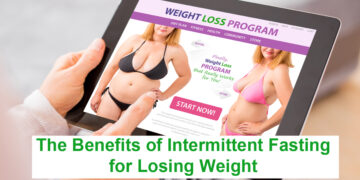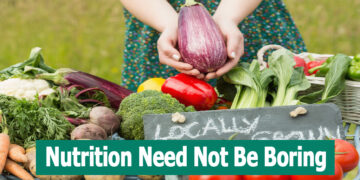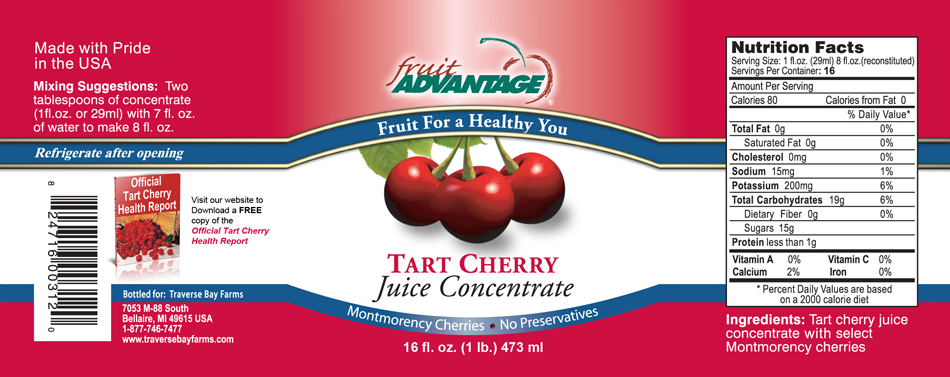Food companies are required by law to have a food label on their packages. Unfortunately, that doesn’t mean that what is there is the gospel truth. Some information can mislead you and that could mean that your food choices aren’t as healthy as you might think. Keep reading to find out what food packages aren’t telling you.

What is not written on the label is just as important as what is there. That is why many are searching for companies that follow “Truth in Labeling” commitments. A Truth in Labeling is a commitment from a brand or company to provide all of the information the label not only as required by law, but also with the best interest of their customers. For example, here is an an all-naturall gourmet food company, Traverse Bay Farms, that offers 100% pure tart cherry juice concentrate. You can see all of the information on their label is easy to find and simple to read:
It goes without saying that the best choices for foods will be found on the fringes of the grocery store. Here is where you see the fresh fruits and vegetables, dairy products and the fresh butcher-cut meats. Let shopping start here and then work your way inside.
Deciphering the Labels
Ingredients – You might know that ingredients on the label are listed in order of amounts within the foods. So, if a food says low in sugar, but the first ingredient is “high fructose corn syrup,” that’s essentially sugar. You can only go downhill from there. No matter what the claim on the front of the box, always read the ingredients list. Know the various names for sugar and artificial flavorings so you recognize them when you see them.
Whole Grains – This one has been a bone of contention for some time. Bread packages say “whole grain” or “multigrain” or “whole wheat” or simply “wheat.” All of these labels do not mean the same thing. Whole grain means that all three parts of the grain are present. That is where the nutrition is. Otherwise, you are getting the processed form of the grain that has less nutrition and possibly more sugar and calories. Read the ingredients. If whole grain is not the first or second item, then it more than likely doesn’t make up a good portion of the bread.
Size of a serving – Always read the label to see how much of a food can be eaten to receive the caloric amount listed on the label. Sure, the cookies say low fat but if you can only eat one or two per serving for about 180 calories, that is not a good deal. Sodas are often the worst. They list the caloric amount on the side so people think they are drinking a 20-ounce soda for 100 calories. In fact, the bottle has 2.5 servings so that number is actually much higher if they drink the entire bottle.
Fruit and fruit juice – Many bottles and snacks claim to be made with real fruit or contain real fruit juice. Read the label. The actual juice content may be 10 percent or less. The rest is flavoring and sugar. As for fruit in the snacks, the label may actually list the name of the fruit somewhere in the middle of the ingredients, meaning that you are not getting as much as you thought.
When it comes to reading food labels, you have to be smarter than the marketers to find the nutrition you need.




























